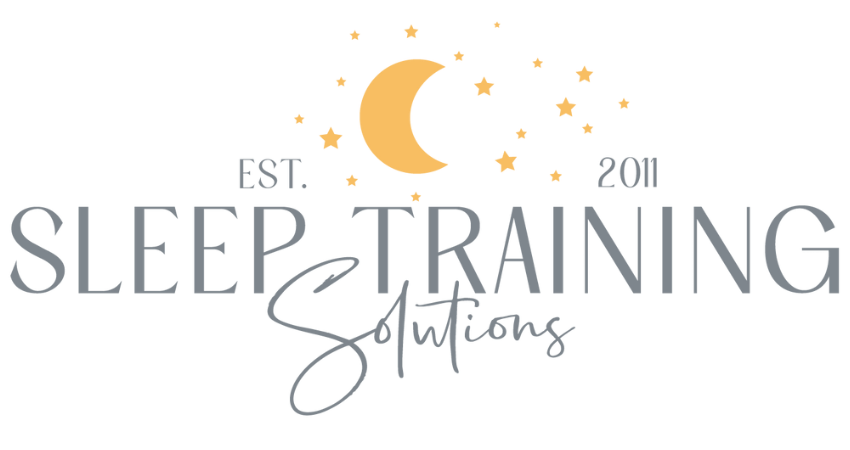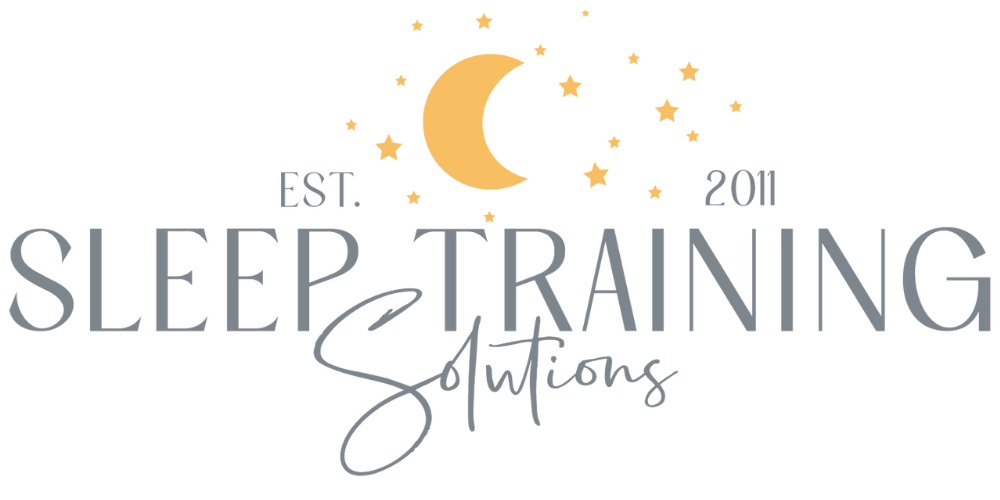11 tips to enjoy Halloween and not mess up your child’s sleep
How to have a Happy Halloween and keep your child’s sleep on track
It’s that time of year when cute kiddos will be parading down sidewalks dressed in their cutest costumes, consuming more sweets than normal, and possibly having later bedtimes. Wondering how to have a Happy Halloween and keep your child’s sleep on track? Here are 11 tips to enjoy Halloween and not mess up your child’s sleep:
Take your child to a morning Halloween event
Many communities offer daytime events on Halloween. In our town, some churches have trunk-or-treats where children can dress up and collect candy and our shopping district offers morning/early afternoon trick-or-treating while the older kids are still in school.You could also organize your own daytime event! These posts have ideas for daytime Halloween playdates and parties.
Adjust the sleep schedule during the day on October 31st
Since bedtime may be later on Halloween, try to get in a little extra nap time sleep.For babies, adjust their nap schedule so that the last nap ends a little later (or if your child is on multiple naps), the last (or bonus extra nap) may be in the stroller while you’re out trick-or-treating with your older child! This will push bedtime back a little later.
For toddlers and preschoolers on one nap, let them sleep an extra 30-45 minutes so that a later bedtime won’t affect them as much.
Start trick-or-treating as soon as it starts
Most communities have trick-or-treating hours. Last year, ours was 4-7 pm, which I so appreciated. We live on a street that gets hundreds and hundreds of trick-or-treaters and after 3 hours of the doorbell ringing every 10 seconds (no joke), I’m ready to sit down and have dinner! But more importantly, the doorbell stops ringing for young children getting ready for bed.If your hours start around 4 pm and your child’s bedtime is 7pm, start trick-or-treating at 4pm for an hour or hour and a half (or shorter if your little one only wants to walk your block!) and make sure you’re home to have dinner and start the bedtime routine.
Limit sweets (and choose them wisely!)
Just as I always recommend starting with the 2 book rule during the bedtime routine when kids are young so it just becomes a habit, implement a rule on Halloween for the number of sweets your child can have during/after trick-or-treating.With toddlers and preschoolers, limiting to just a couple will make settling down for bed a bit easier, especially if you don’t normally offer dessert in the evening and/or your child’s behavior is greatly affected by sugar.
Also, choose ones without dark chocolate (which has the most caffeine) and artificial dyes.
Offer a healthy first dinner before heading out
Going trick-or-treating on an empty stomach is just asking for over-indulgence of sweets! Offer a mini dinner with some healthy protein and fats to keep their little tummies fuller while they’re out. With that healthy mini dinner beforehand, you won’t need to serve a full dinner after - just something easy and quick.Put PJs under costume
If you live in a climate that is chillier at the end of October, putting PJs on under the costume will keep your child warmer and remove one step from the bedtime routine. This is especially helpful if you’ll be bypassing bath time and staying out a little later for trick-or-treating.Keep bedtime within 30-60 minutes of the regular bedtime
For children under 2, keeping bedtime within 30 minutes of the normal bedtime is preferable. If your child is 3+ years old, making sure bedtime is within an hour of your child’s normal bedtime should be fine.If your child who is on one nap was able to sleep an extra 30-60 minutes, then an hour later bedtime will work.
Abbreviated (not rushed!) bedtime routine
If you stay out a little later trick-or-treating with your child, you can do a shorter bedtime routine. This can include a wipe-down with a washcloth (instead of a full bath), one short story instead of two, etc.As you’re walking back to your house, just let your child know what tonight’s bedtime routine will look like and explain any parts that may be different.
Just make sure you’re not rushing through the routine! Rushing will be stimulating for your child and have the opposite effect you’re hoping to achieve :) Many preschoolers will need time before bed to decompress from the excitement and talk about their day with you, so be sure to leave a few minutes for that.
Use a white noise machine
If your child will be going to bed before trick-or-treating hours are over, make sure to use your white noise machine to drown out the doorbell ringing.In the past when my kids were little, I would also put a bowl of candy on our doorstep (so they would just take a couple and wouldn’t ring the bell) or turn off the front porch light (which in our community signaled the person wasn’t home and/or not to ring the doorbell).
Plan for a lazy November 1st
Depending on how late your child actually fell asleep - from the later bedtime or the extra sugar! - your child may wake up earlier (or if you’re lucky, sleep in a bit).If your child wakes up earlier or woke up in the middle of the night (due to overtiredness), you may need to push the first nap of the day ~30 minutes earlier.
As you’re planning your schedule the morning after Halloween, it can be helpful to not have anywhere you need to be, especially first thing in the morning.
Realize it’s one night
Your kids are only going to be this age once for Halloween, so enjoy the night! Capture every moment of cuteness, try to take into consideration the tips above, but realize that even if the schedule gets messed up, sleep will only be affected for ~24 hours after.
And just a reminder about Halloween movies and books…pre-watch or pre-read any new shows or books your younger child will watch or read. Especially at Halloween, there can be parts that are a little scary for them, and you don’t to expose them to anything that may contribute to nightmares!
Related Posts:
This post is for informational purposes only and may not be the best fit for you, your child and/or your personal situation. It shall not be construed as medical advice. The information and education provided here is not intended or implied to supplement or replace professional medical treatment, advice, and/or diagnosis. Always check with your child’s physician or medical professional before trying or implementing any information read here.
Sleep Training Solutions is a participant in the Amazon Services LLC Associates Program, an affiliate advertising program designed to provide a means for sites to earn advertising fees by advertising and linking to Amazon.com and affiliated websites. I will earn a small commission, at no additional cost to you, if you purchase them.






